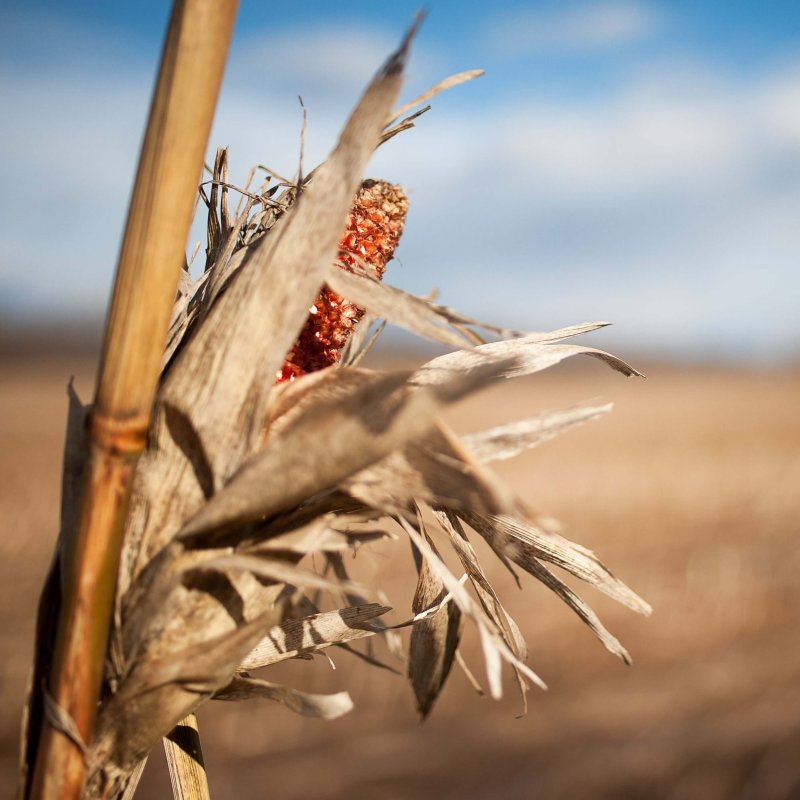Researchers have developed a method with which they can further investigate an important messenger substance in plants — phosphatidic acid. Using a new biosensor, they are able to track the activity of phosphatidic acid spatially and temporally for the first time and thus, investigate plants that are exposed to stress such as salty soils.
[T]iny signalling molecules …. play important roles in many processes in living organisms. However, the exact function of these substances is often still unknown, which is why scientists are constantly on the lookout for new methods with which they can further investigate them. Researchers at the Universities of Münster (Germany) and Nanjing (China) have developed such a method for an important messenger substance in plants, called phosphatidic acid.This lipid takes on different roles in the organism: It influences the flexibility and bending of cell membranes, regulates the metabolism of the plant and also serves as a signalling substance to regulate the localization or activity of proteins. However, researchers have not been able to find out which part of the phosphatidic acid pool in the cell has a function for the metabolism and which part serves as a signalling substance. A biosensor developed by German and Chinese scientists has now changed this: By incorporating this sensor into plants, they were able to track the activity of the phosphatidic acid spatially and temporally for the first time.
“Our approach enables us to elucidate the dynamics of phosphatidic acid more precisely, especially in plants under stress,” says co-author Prof. Jörg Kudla from the University of Münster. A plant is stressed, for example, when exposed to dry or salty soils. The measurements obtained with the new method could in future help to breed plants that are more resilient to adverse environmental conditions. The study was published in the journal Nature Plants.
Read full, original article: New biosensor provides insight into the stress behavior of plants































